Research
For and alongside preparations for Kathmandu Triennale is the multitude of research work done by the curatorial team and the artists.
All photos are courtesy of Sheelasha Rajbhandari, Hit Man Gurung, and Sharareh Bajracharya, unless otherwise specified.
LAMJUNG
April, 2019
In the spring of 2019, our Curatorial team and Director were in the Lamjung district of Nepal on a research trip. The purpose was to learn, better understand and bring back with them a more robust knowledge on traditional and contemporary Gurung cultures, art practices, and local socio-politics.
Lamjung lies in the mid-hills of Nepal, spanning tropical to trans-Himalayan geo-ecological belts. It is home to a mixed population of castes and ethnicities, of which it is believed to host the highest density of Gurung ethnic peoples in the country. The Kathmandu Triennale team visited a number of Gurung villages while in the district, including Ghale Gaun, Ghanpokhara, and Bhujung.
The visit took them to textile practitioners, who hand-weave rugs, bhakku (thick cloth often used to sew cold-climate clothes) and other materials from sheep’s wool, and also to those who work with bamboo to create various useable objects. These practices were particularly thriving in Bhujung, one of the larger villages, who are still able to actively preserve and continue their cultures and traditions of making.
In Ghale Gaun, they attended the launch of a manuscript of Gyapre oral tradition used during special rituals and occasions of Gurung Bon practice, visited a newly constructed Khoebo Dhi - a sacred and community space for Bon religion, and toured the collection at the Gurung Community Museum.
Many thanks to: Mina Gurung (Director, Radio Marsyangdi 95 MHZ, Besishahar), Prem Bahadur Ghale (President, Kwholasothar Rural Municipality), Gami Gurung (Executive member, Kwholasothar Rural Municipality).
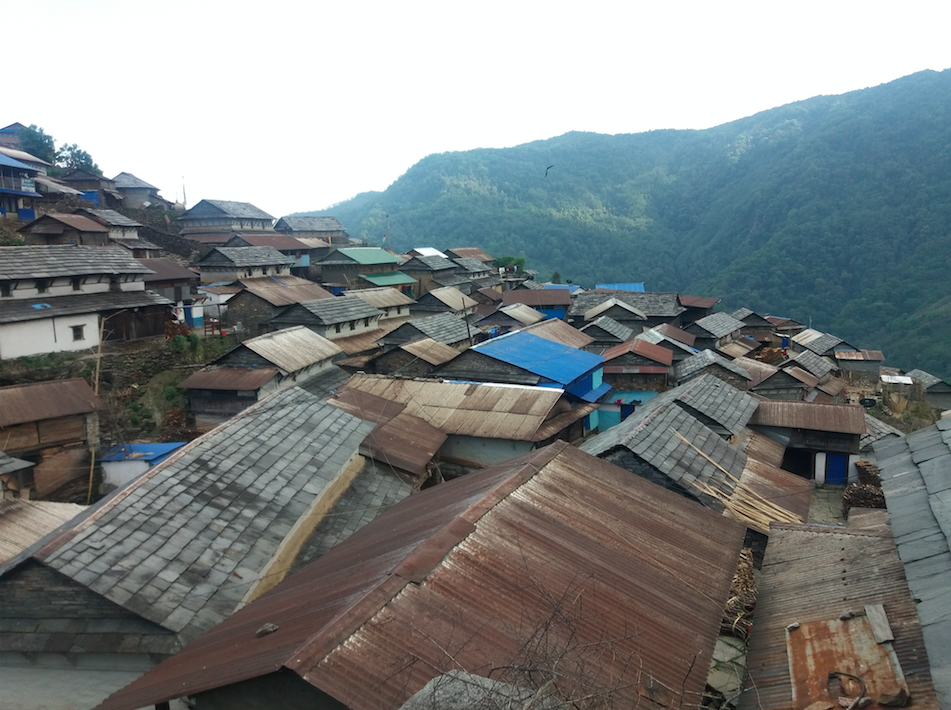
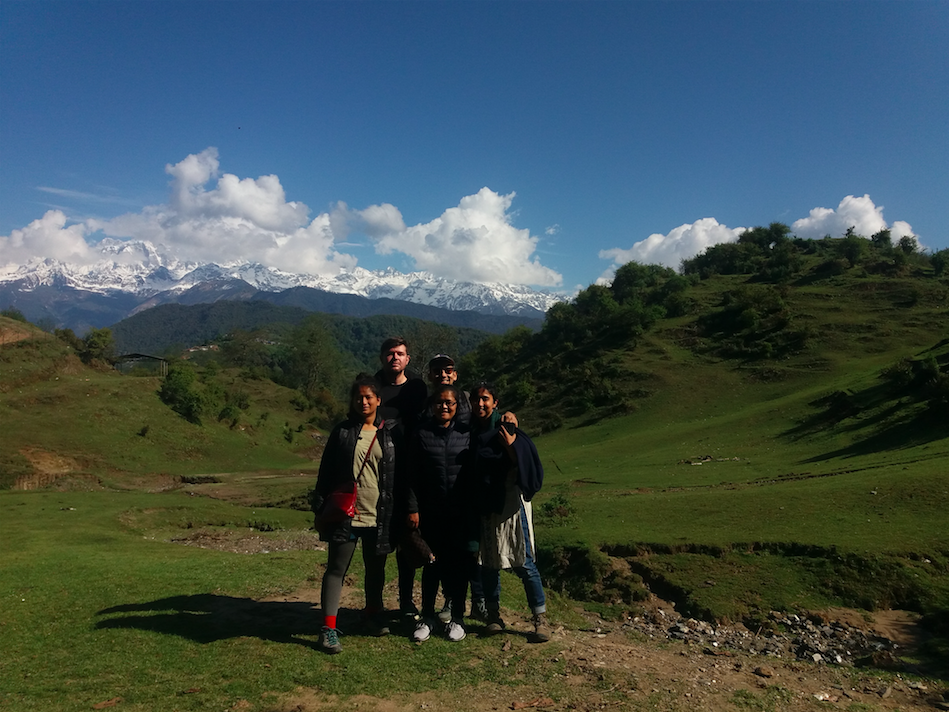

All through the trip, they met many social workers, village leaders, teachers and friends, new and old. Lamjung is also Co-Curator Hit Man Gurung’s hometown.
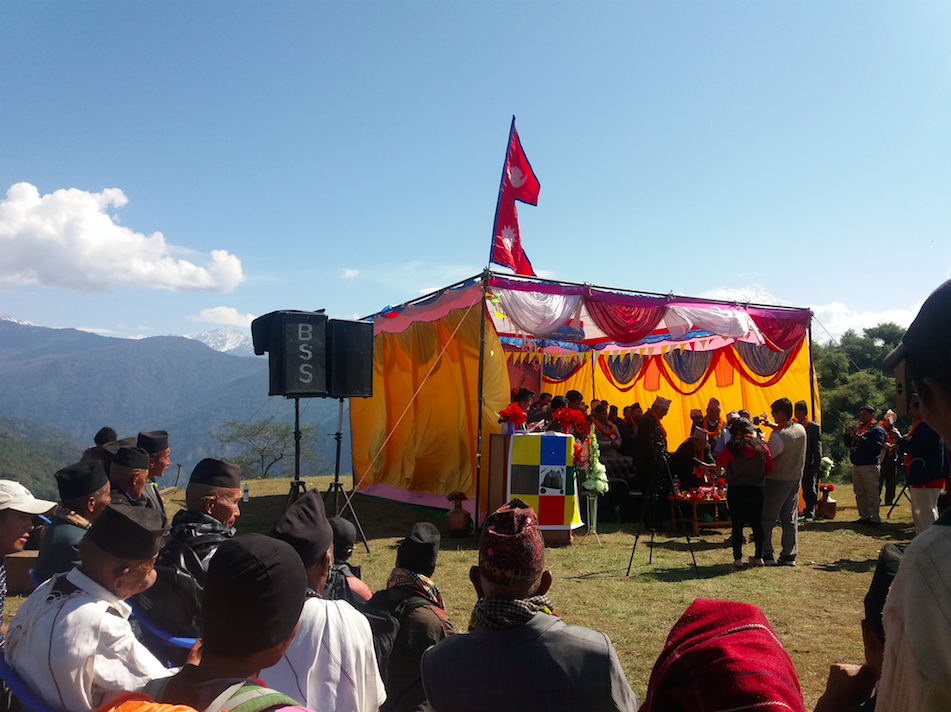
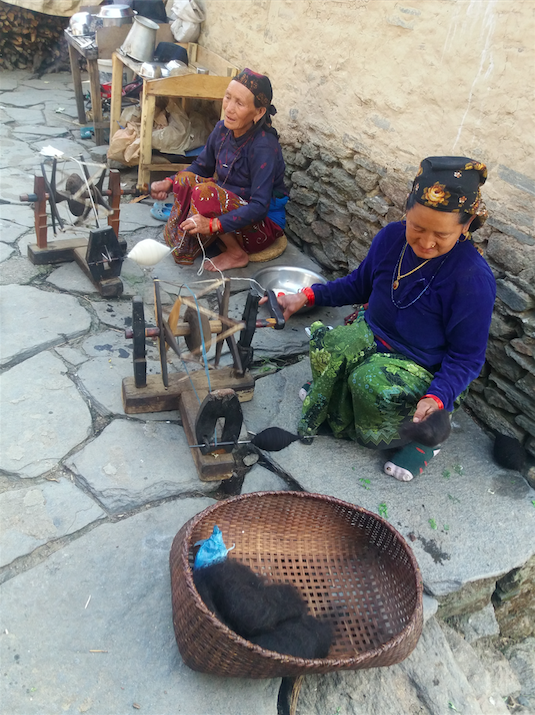
JANAKPUR
November, 2019
Co-Curators, Hit Man Gurung and Sheelasha Rajbhandari, took a few days to meet with artists and practitioners to learn more about the traditions in the Mithila region particularly, gathering materials for an ongoing project that will, in one of its forms, invite indigenous artists to participate in the Triennale. They visited Janakpur and several villages in Dhanusha and Mahottari areas.
The curators could see first-hand that the tradition of wall painting and relief murals has been disappearing in the region, where only a handful of houses across the villages were still adorned with wall painting. Mithila painting (or Madhubani painting in India) is a style of art whose practice is primarily handed down through generations of women, and can be traced as far back as the 7th century. As the former capital of the Mithila Kingdom, Janakpur has become the centre for preserving and promoting this art form.
During their visit, the curators were very grateful to gather knowledge and stories from those local to the region, with particular mention of poet, teacher, painter and sculptor, Bijay Dutta Mani, and his partner and collaborator, Mira Dutta, who shared invaluable insight and time. They were particularly interested in the series of sculptures that Bijay ji makes for the Sama Chakeva festival, a performative and theatrical event that celebrates the bond between siblings.
They were also able to engage directly and learn more about the Janakpur Women's Development Centre (JWDC), that works with women in the community to develop skills, build support systems, and provide opportunities to explore interests. The JWDC lends an institutional structure and base to the production of Mithila painting. The curators met with several of the artists who work both on paper and on relief murals, including Sita Karna, who is a master artist in all Mithila painting traditions and rituals.
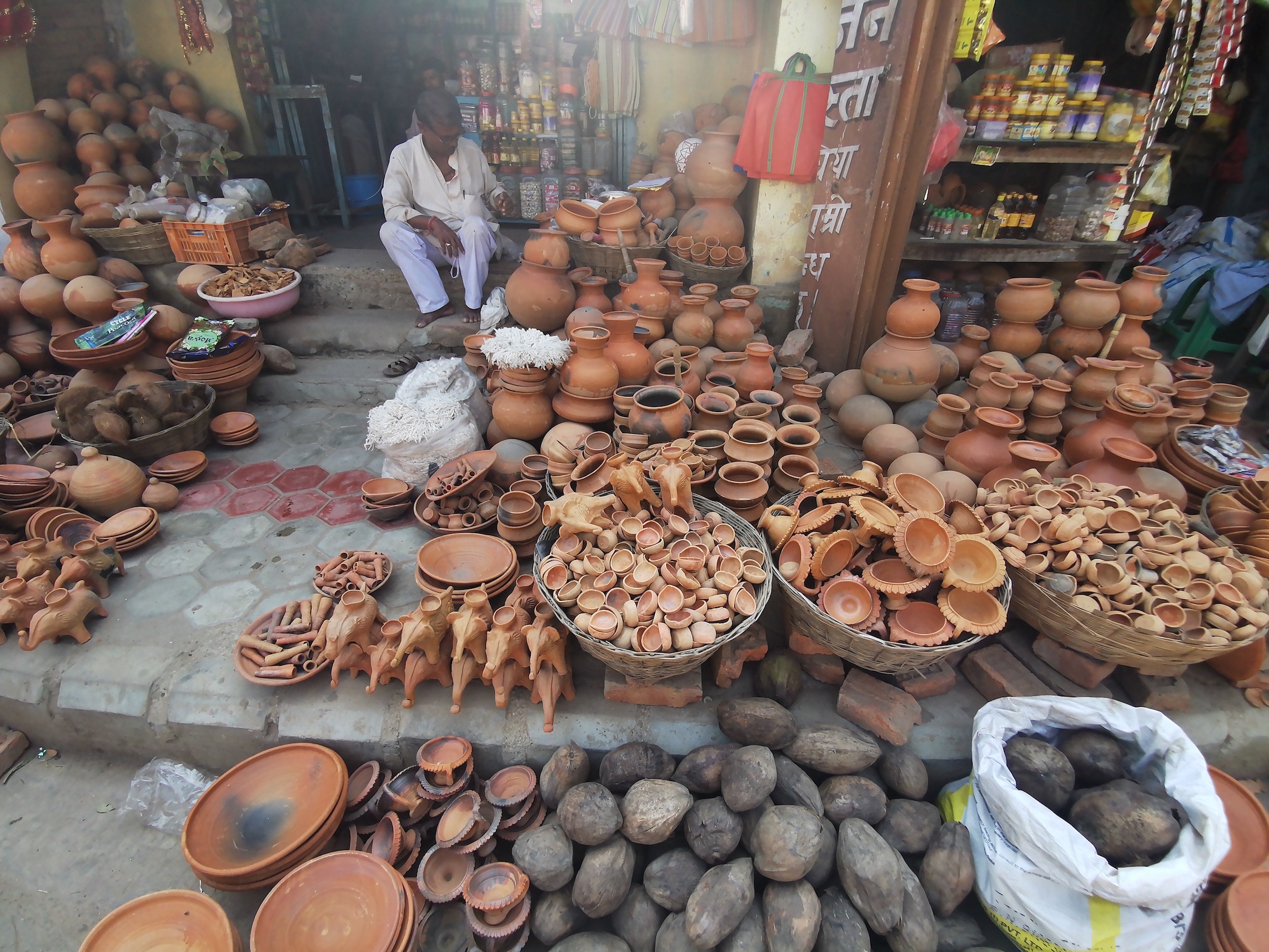
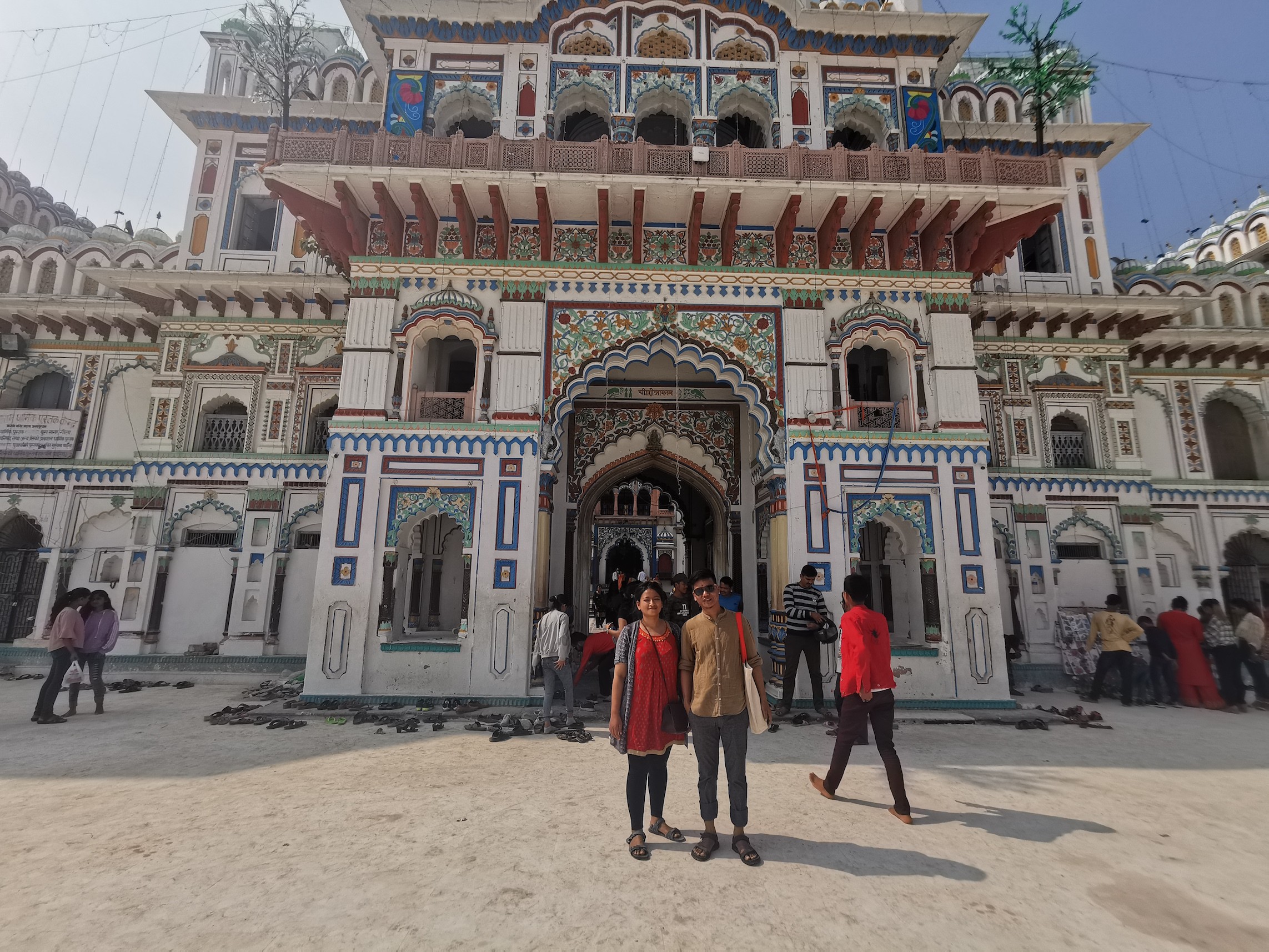
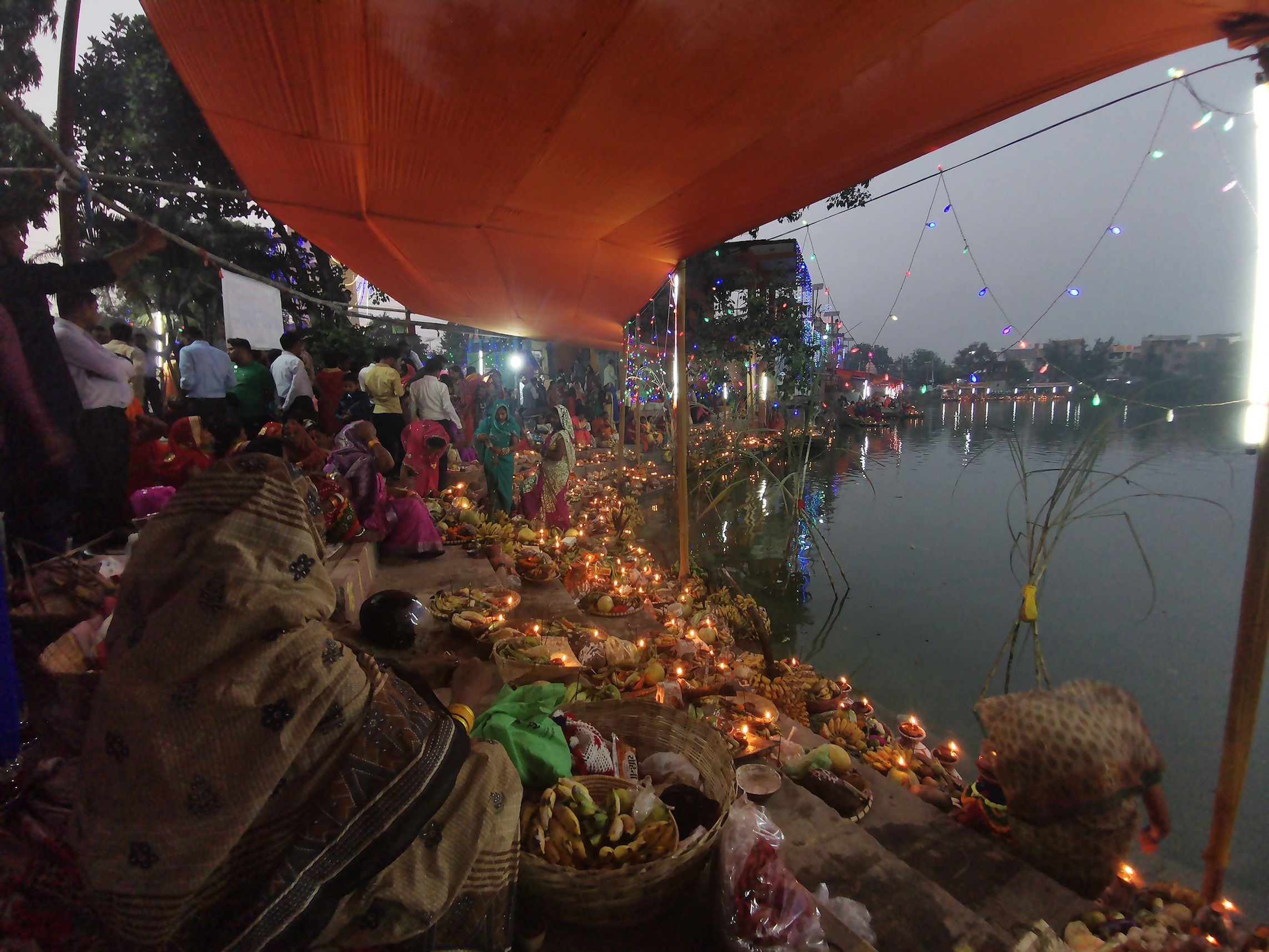
Political history to note:
"In 1961, Durga Nanda Jha attempted to assassinate King Mahendra, whose nationalist agenda alienated the Madhesis from the state. Nanda Jha exploded a bomb targeting Mahendra’s car during the latter’s visit to Janaki Temple in Janakpur.
During the 1960s, the Madhesis formed the ‘Terai Liberation Front’ to take an armed stand as they saw their land being taken away. They were barred from registering the land that they tilled to their name due to a lack of citizenship certificates. The state suppressed the insurgency by killing top leaders of the Front such as Ramji Mishra, Raghunath Raya Yadav and Satyadev Mani Tripathi."
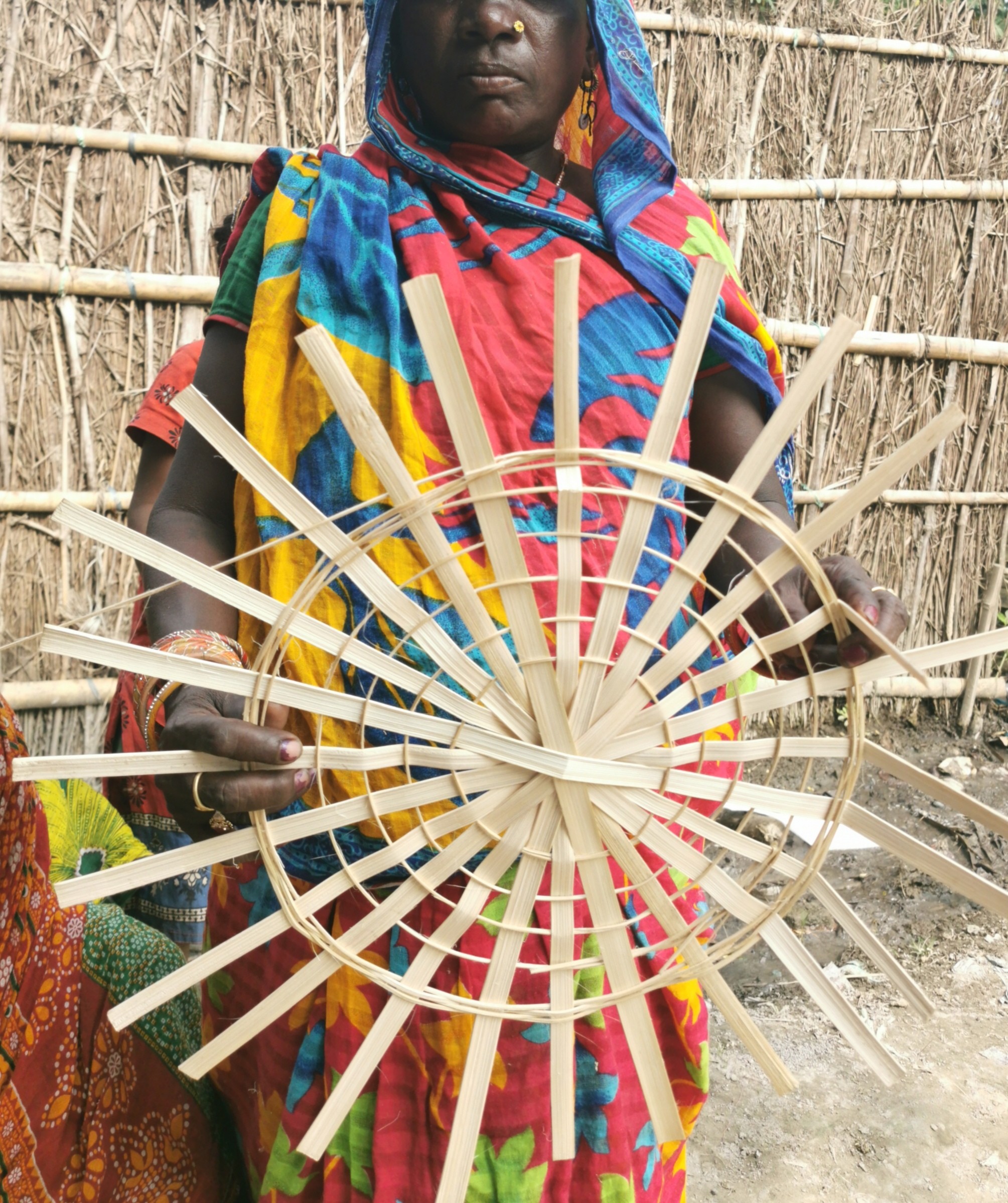
The curators met with families of Dom decent who practice bamboo weaving traditions. Weaved baskets are an important part of Hindu rituals.
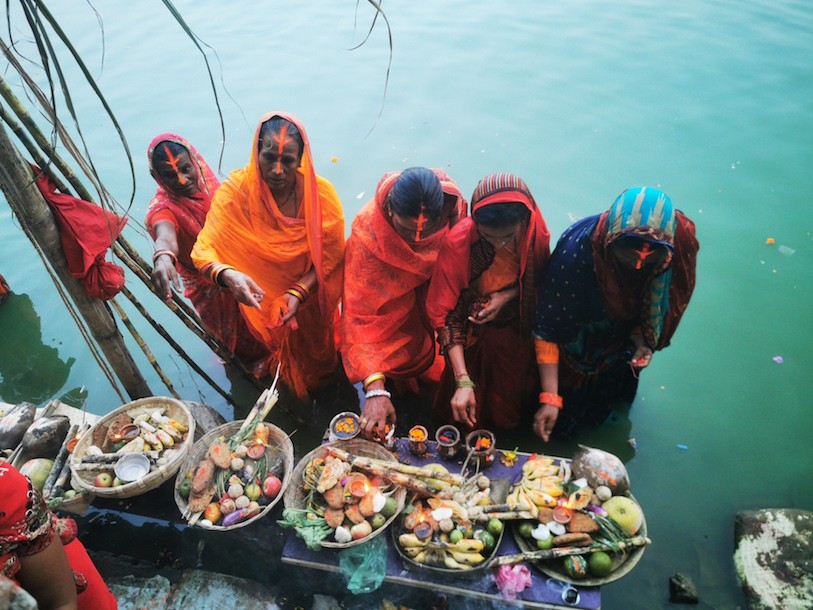

Designed & Developed by: Curves n' Colors | Visual identity by: Wkshps
